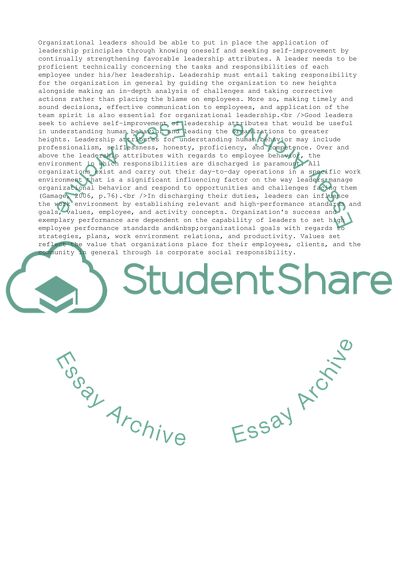Cite this document
(Understanding Human Behavior in Managing Workforce Essay, n.d.)
Understanding Human Behavior in Managing Workforce Essay. https://studentshare.org/management/1586860-understanding-human-behavior-is-critical-to-organizations-discuss-the-benefits-of-self-evaluationself-assessment-as-it-related-to-leaders-today
Understanding Human Behavior in Managing Workforce Essay. https://studentshare.org/management/1586860-understanding-human-behavior-is-critical-to-organizations-discuss-the-benefits-of-self-evaluationself-assessment-as-it-related-to-leaders-today
(Understanding Human Behavior in Managing Workforce Essay)
Understanding Human Behavior in Managing Workforce Essay. https://studentshare.org/management/1586860-understanding-human-behavior-is-critical-to-organizations-discuss-the-benefits-of-self-evaluationself-assessment-as-it-related-to-leaders-today.
Understanding Human Behavior in Managing Workforce Essay. https://studentshare.org/management/1586860-understanding-human-behavior-is-critical-to-organizations-discuss-the-benefits-of-self-evaluationself-assessment-as-it-related-to-leaders-today.
“Understanding Human Behavior in Managing Workforce Essay”. https://studentshare.org/management/1586860-understanding-human-behavior-is-critical-to-organizations-discuss-the-benefits-of-self-evaluationself-assessment-as-it-related-to-leaders-today.


